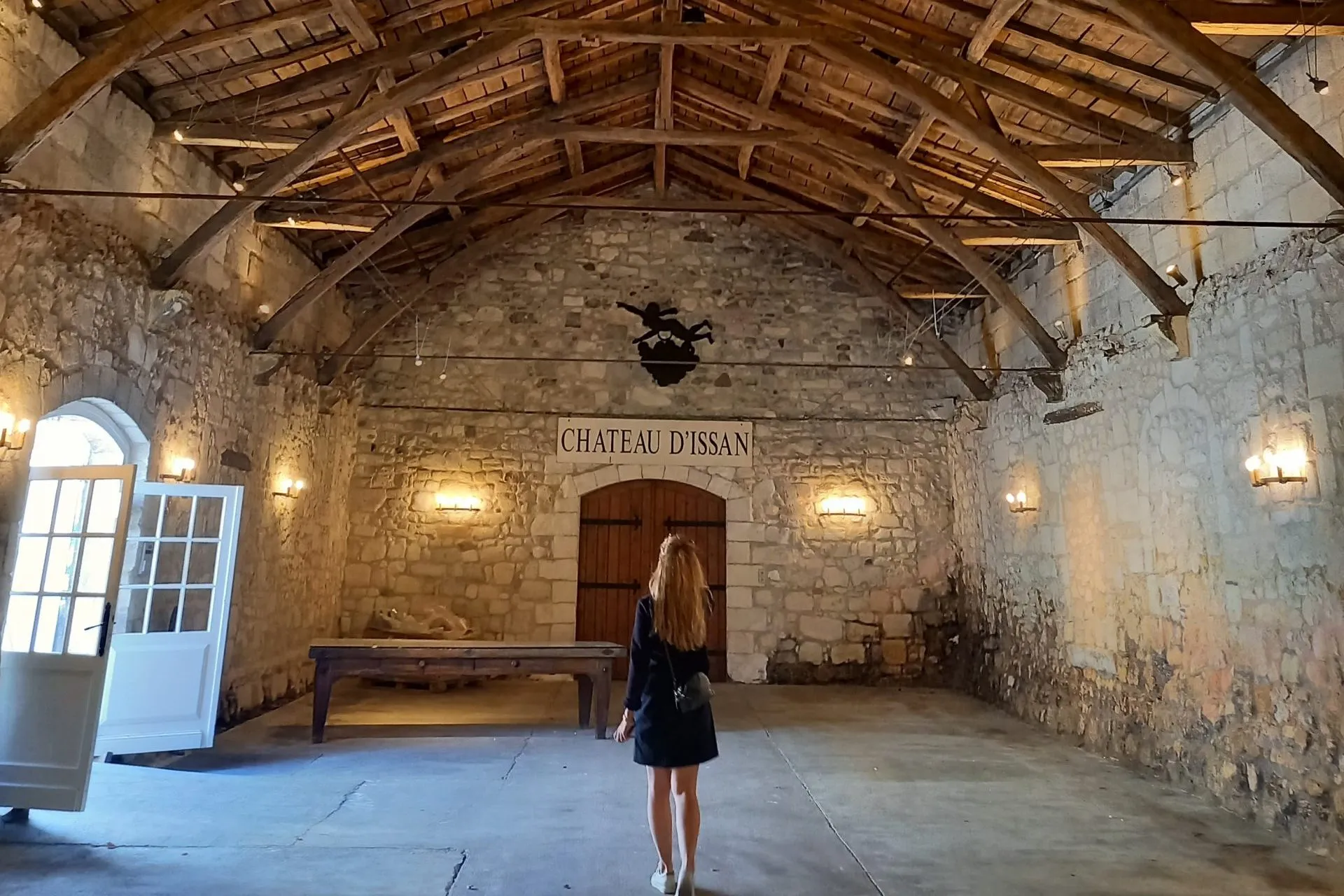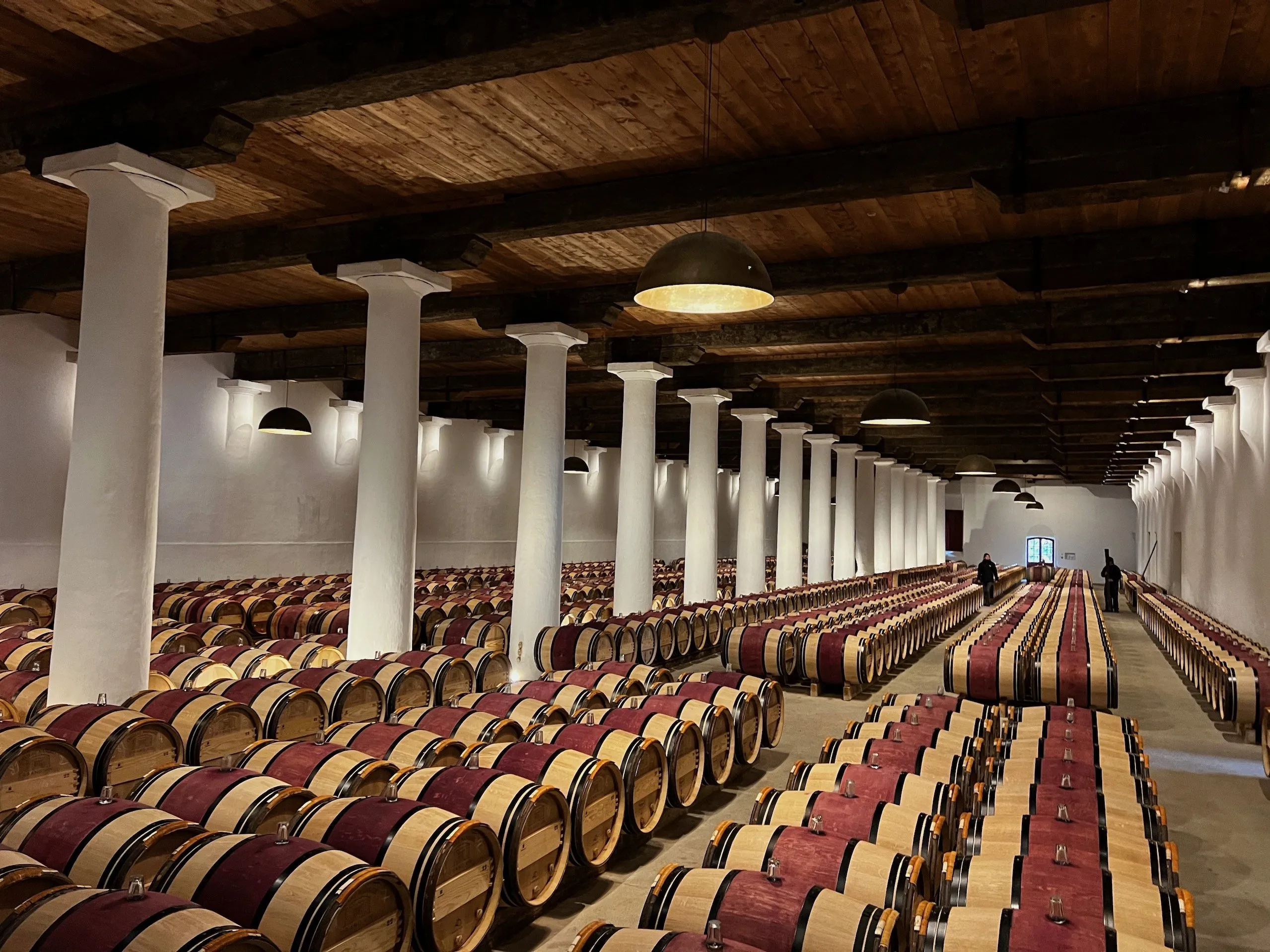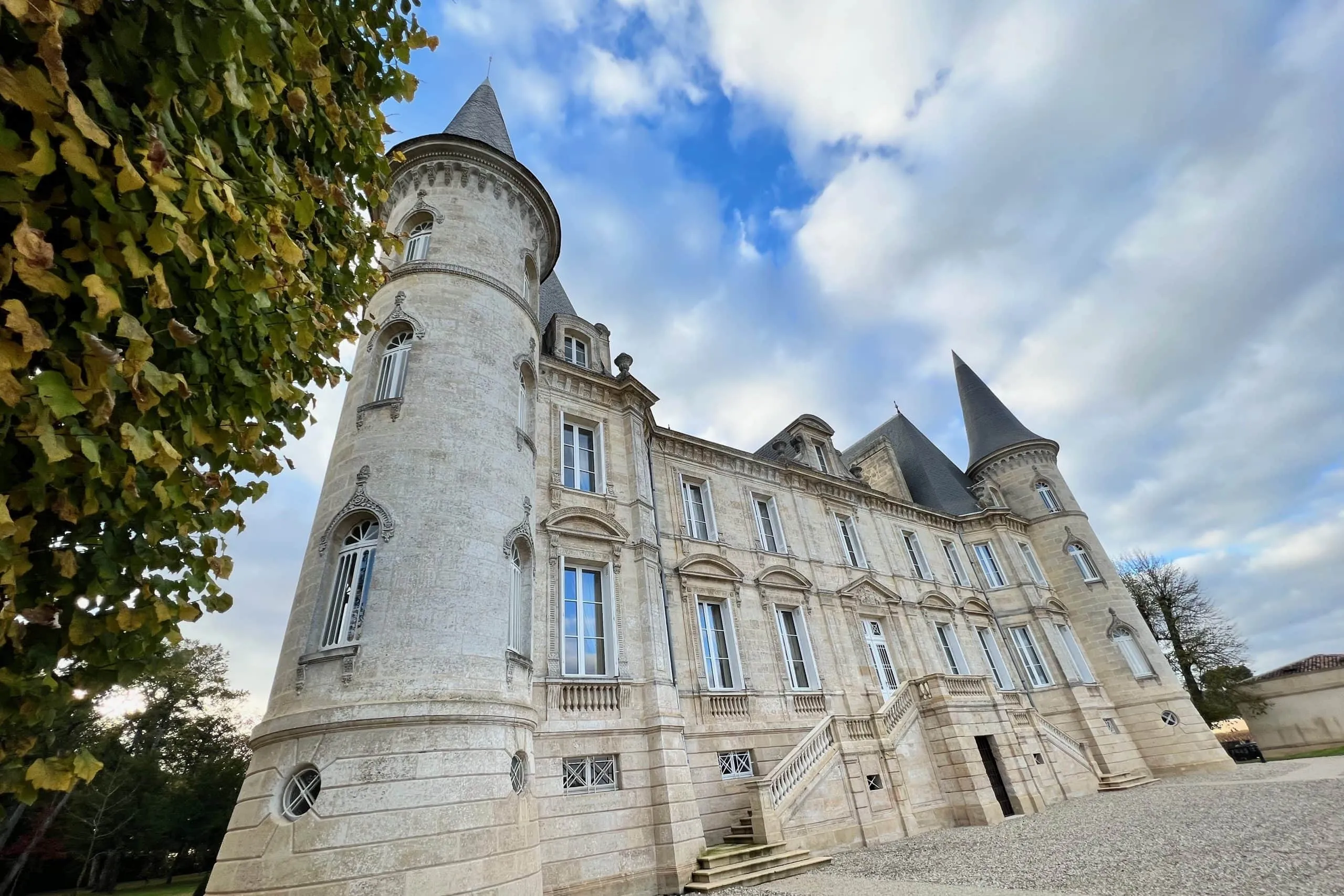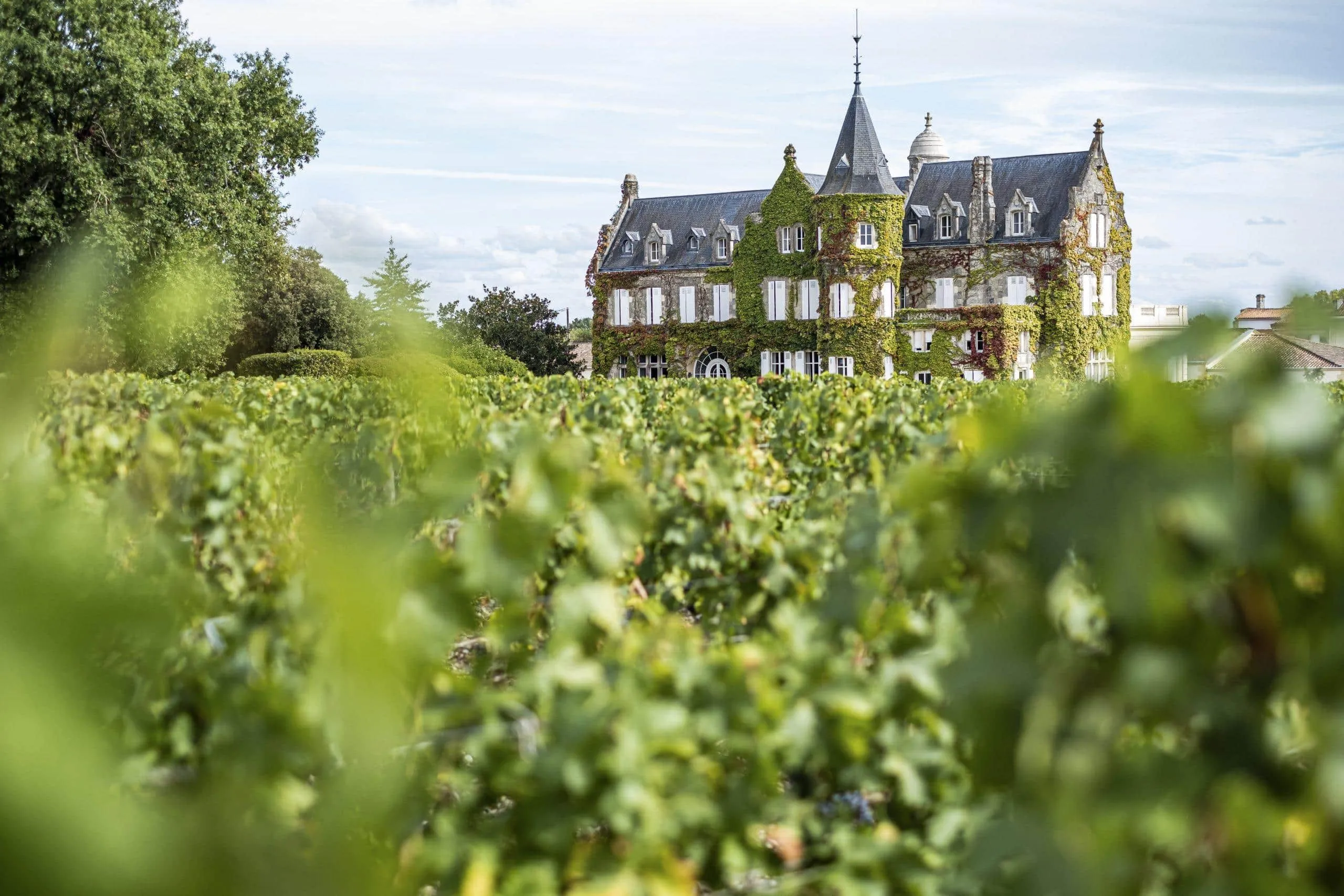The Médoc wine region in France is known for producing some of the country’s finest red wines. It is one of the most famous wine regions in France and in the world.
Medoc is worth visiting to touch the history of French winemaking, see magnificent prestigious chateaux, and taste top wines. In fact, when you are visiting Bordeaux, the Medoc wine tour is one of the top things to do.
Even if you are a wine novice or only have time for a short tour of the Medoc on your Bordeaux wine tour, you will leave the region with unforgettable memories.

Why is the Medoc worth visiting?
I have been a wine tour guide in Bordeaux and in my opinion, these are the top reasons why the Medoc is worth visiting.
Table of Contents
Medoc: the most prestigious wine region of Bordeaux
Medoc and its prestigious appellations of Pauillac, Margaux, Saint-Julien, and Saint-Estèphe are well known to wine lovers around the world.
You may have heard about the first growth grand cru classe wineries of Bordeaux, four of which are located in the Medoc region:
Château Latour
Château Lafite Rothschild
Château Mouton Rothschild
High quality wines of Medoc
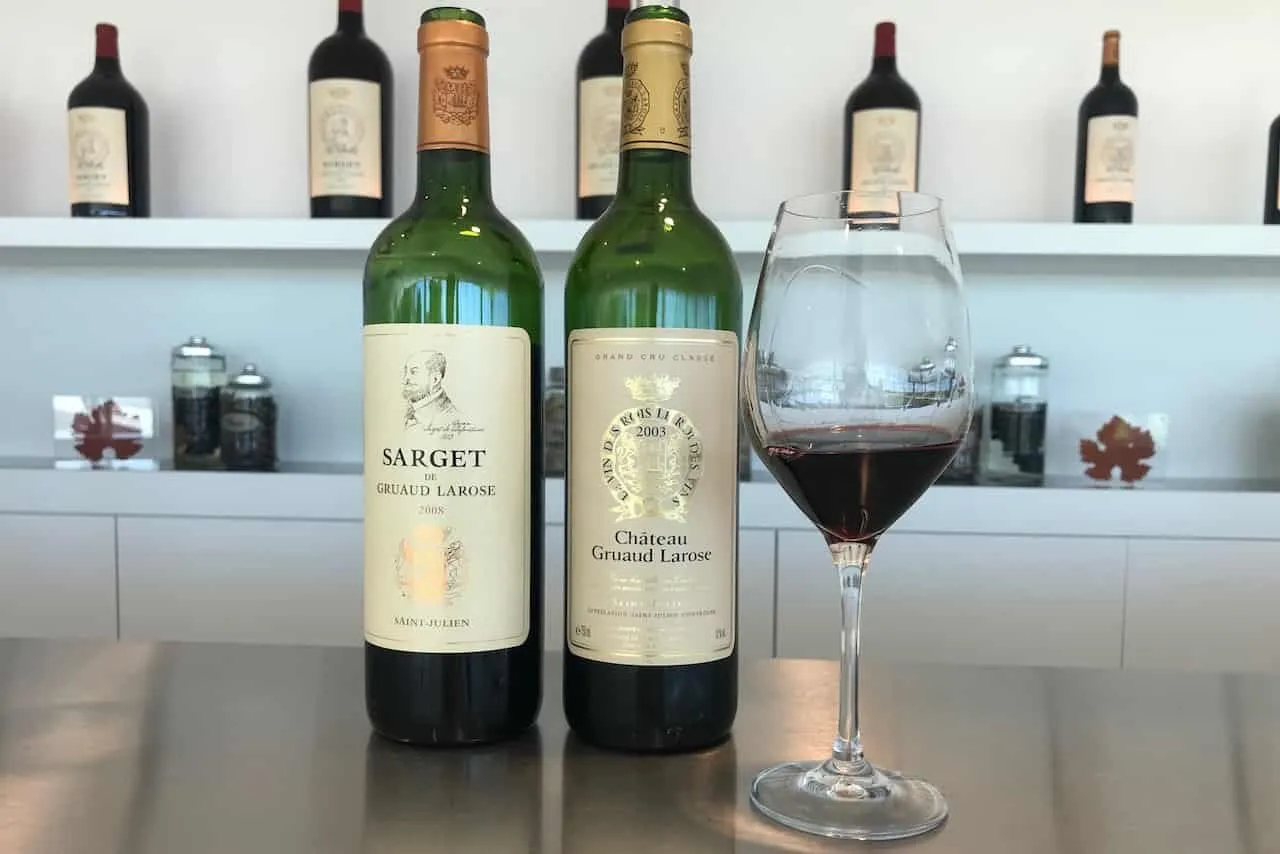
The wines of Médoc are known for their complexity, depth of flavor, and long aging potential.
In the Medoc, a blend of Cabernet Sauvignon, Merlot and Petit Verdot is the most common.
Top wines can be kept for as long as 40-50 years. Many high-quality wines from the Medoc are best to be enjoyed in at least 10 years’ time. With ageing, tannins soften and you can enjoy smoother, balanced wines with the finest aromas.
Unique terroir, rigourous selection, advanced winemaking techniques, and aging in new oak barrels contribute to the high quality of Medoc wines.
The region is also influenced by the Atlantic Ocean, which helps to moderate the climate and create ideal conditions for grape growing.
Beautiful chateaux of Medoc

The Médoc wine region in France is home to many beautiful châteaux, many of which are open to the public for tours and tastings.
19th century castles of Chateau Pichon Baron, Chateau D’Issan, Chateau Pichon Baron Comtesse de Lalande, Chateau Palmer, Chateau Lascombes and Chateau Lafite Rothschild bring history alive. Some of them are open for wine tours and tastings.
Diversity of wine regions of the Medoc
The Medoc is vast, featuring different terroirs for wine production. The influence of the Gironde estuary and the Atlantic is immense.
That is why the Medoc is an interesting wine region to visit. It is diverse from South to North and from East to West.
Here are the basic differences between wines coming from various wine regions of the Medoc:
Saint-Estèphe: Quartz and pebbles are mixed with sandy soils which gives Saint-Estèphe their distinctive finesse and complexity. At the same time, wines are characterized by a rich tannic structure, and a deep colour.
Pauillac: The wines of Pauillac are deep in color, full-bodied, with powerful tannins. They are known for their long ageing potential. Over the years, the best Pauillac wines become rounder and softer while developing noble aromas.
Saint-Julien: This region is known for producing wines with a refined, elegant style and good aging potential.
Margaux: Margaux reds are praised for their intense aromatic profile, perfumed fragrance, and elegance. Blackcurrant, plum, and strawberry aromas are present in the wines of Margaux.
Rich history of the Medoc

The first plantings of wine in the Medoc region were in the 14th and 15th centuries.
However, it wasn’t until the 16th and 17th centuries that the English and Dutch began investing in the Medoc region, drying up its marshlands and planting new vineyards.
The Dutch started using sulfur in barrels for wine preservation during transport. This led to the development of fine winemaking in Bordeaux and the rise of wine merchants in the city’s Chartrons district.
In the 17th century, the high-quality wines were primarily exported to England for the High Society of London, which led to the wealthy and noble in Bordeaux investing in the region, marking the Golden Age of the Medoc.
In the latter half of the 19th century, diseases such as phyloxera devastated the vineyards of the Medoc. However, in the mid-20th century, the world came to recognize the value of Bordeaux wines, and Robert Parker played a key role in this. The legendary vintages of the 1980s, 90s, and 2000s helped restore the fame of Bordeaux wines.
My Medoc Photo Gallery
If you would like to add to your experience and taste wines in Bordeaux, consider the wine tasting tour right in the center of Bordeaux city.
Frequently Asked Questions About the Medoc
Medoc and Saint-Emilion have different climates and landscapes and different wines.
My article Medoc vs. Saint-Emilion will hep you decide between the regions
The Medoc wine region is known for producing some of France’s finest red wines, made from Cabernet Sauvignon, Merlot, and Petit Verdot grapes.
The wines of Medoc are famous because of their full-bodied flavors, high tannins, and long aging potential.
Pauillac: This region is home to some of the most famous châteaux in Médoc, including Château Latour and Château Mouton Rothschild. The wines of Pauillac are known for their depth, richness, and long aging potential.
Saint-Julien: This region is known for producing wines with a refined, elegant style and good aging potential.
Margaux: Wines from this region are known for their delicate, perfumed aromas and soft, silky tannins.
Haut-Médoc: This region is home to many of the region’s most prestigious châteaux and produces wines that are known for their complexity and depth of flavor.
Saint-Estèphe: Wines from this region are known for their powerful tannins and firm structure.
Medoc is located in the Bordeaux region of France, along the left bank of the Gironde estuary. The Medoc wineries are within 1 to 1.5 hours drive from the city of Bordeaux.
You can stay at a wine hotel in the Medoc. My clients love stays at these hotels
La Maison D’Estournel in Saint-Estephe
Château Cordeillan-Bages near Pauillac in the village of Bages
See more of my suggestions in the article Where to Stay in the Medoc Wine Country?

